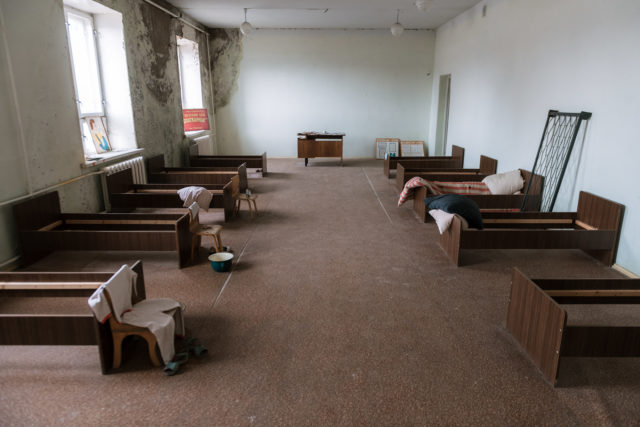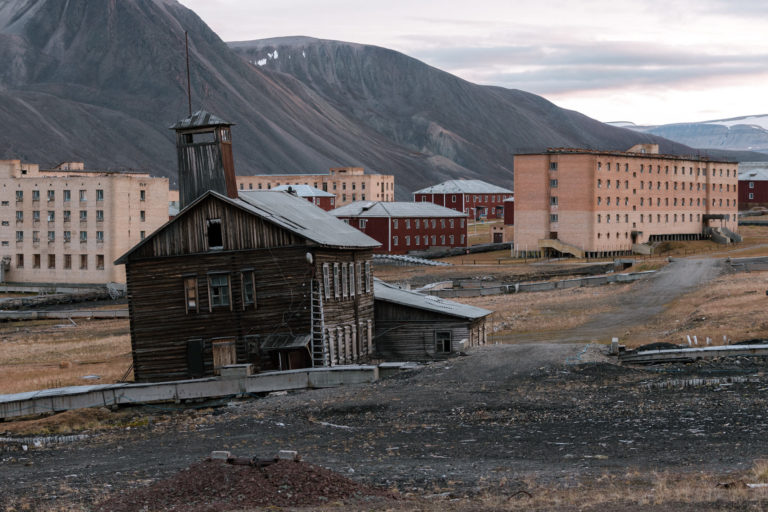The Soviet ghost town of Pyramiden is located on the island of Svalbard beyond the Arctic Circle at a distance of 120 kilometers (about 74 miles) from Barentsburg. The Norwegian village of Longyira is located 50 kilometers (31 miles) from Pyramiden; Longyira has the title of the northernmost coal mine in the world.
Please enjoy all these amazing photographs made by Michael Schauer, and you should check more pictures of this Soviet town via this link. You can find more of his work on his website.
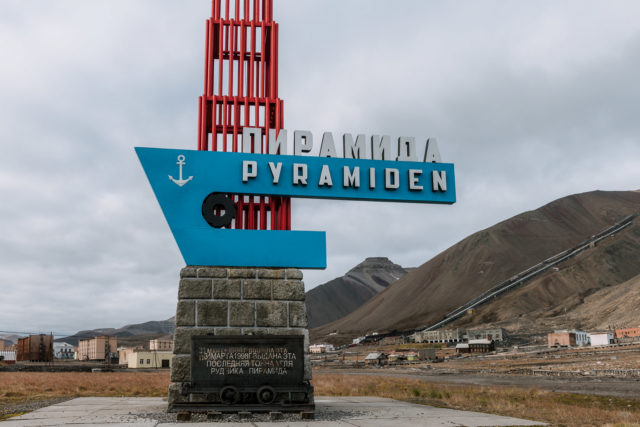
Foundation
The town of Pyramiden was founded at the foot of a mountain which resembled the shape of a pyramid, hence its name. The picturesque settlement has a fantastic view of the Nordenskjöld Glacier.
The history of this place began in 1910 when the Swede Bertil Hogbom obtained permission to mine coal in the bowels of the mountains. In 1911, the Swedish company Spetsbergens Svenska Kolfalt built and equipped the first mine here. Then the Severoles Trust became the owner of Pyramiden in 1927.
In 1931, the mine changed owner again when it was sold to the Russian company Arktikugol. After that, the settlement was considered Soviet.
Soviet Town
The Soviet Union began to build a mine in July 1939. A small village was also built since there were more inhabitants after the mine was opened. The Soviet Union built a diesel station, an industrial warehouse, a radio station, a residential building, a dining room, a dormitory, and a bathhouse.
The development of this coal mining site continued until August 1941. At this time, all residents were evacuated because of the outbreak of World War II. The population of the settlement was 99 at the time of evacuation
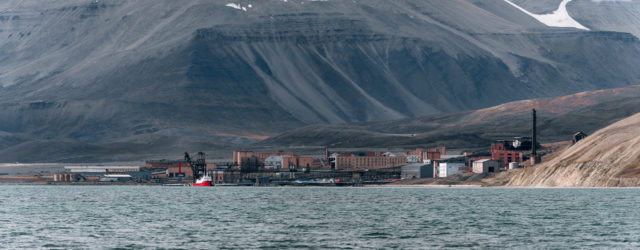
After World War II
During the evacuation in 1941, employees destroyed a coal warehouse and all equipment. After the war ended, 609 polar explorers arrived at the Pyramiden on August 29, 1946. This date is considered the formal foundation day of Pyramiden.
Construction of the first street in Pyramiden took place in March 1947. It ran from the port to the village. The houses were built on both sides of the street. The city was expanding, and 70,000 tons of coal was mined for several years in this place.
By 1980, the population of Pyramiden was more than a thousand people. The settlement was developing fast, and local authorities planned to make it into a city. All the necessary institutions were built: high-rise buildings, libraries, and a swimming pool.
Norwegian King Harald V admired the local architecture. Because of this, he visited the Pyramiden in 1995. The king fell in love with this town and granted it the title of “The Pearl of the Archipelago.”
Special geological conditions complicated the work. Also, high costs were required to prepare the rocks for coal production. In 1970, an underground fire arose, incurring high localization costs. The fire is still burning today.
Closure
At the end of 1997, it was decided to close the mine due to its high costs and a subsequent decrease in coal production. The last tons of coal were mined on March 31, 1998. During all the years of the mine’s operation, about 8.8 million tons of coal was mined, with the annual coal production plan being 135,000 tons.
Liquidation work was carried out at the mine facilities. The mine was closed, and access to mine workings was prevented. Housing and industrial buildings were mothballed in 1998. Until this year, Pyramiden was the most remote northern mine in the world. It was so distant that it became a ghost town.
Tourist Attraction
After conservation, the city was able to maintain its infrastructure that enabled research to be carried on there. It also became a tourist attraction. The Arktikugol Trust restored engineering networks, sewers, and diesel stations. Three guest houses were built near the port.
Pyramiden is still surrounded by mountains, valleys, and glaciers, but since October 10, 1998, there have been no permanent residents in the settlement. Deer, seals, and foxes are the only inhabitants of the place.
However, it still has the world’s northernmost cinema. Tourists have the opportunity to visit the movie theater and see the projection mechanics. Films promoting communism were brought here in Soviet times. A total of about 1,500 films are still well preserved due to the climate.
Since 2007, the company Arktikugol has been developing tourism activities in this ghost town. The city has been turned into a sort of open-air museum.
In 2009, the hotel and the restaurant opened their doors again. In some rooms, a sense of the Soviet era was preserved. In 2016, it became possible to moor small boats and yachts at the pier in Pyramiden.
Several creative works have been dedicated to this historical place. More information can be found in the film of the polar explorer Naumkin made in 1976 and entitled “We Live on Svalbard.” Also, the Norwegian writer Hyartan Flegstad published a book in 2007 called “Pyramiden: Portrait of an Abandoned Utopia. ”
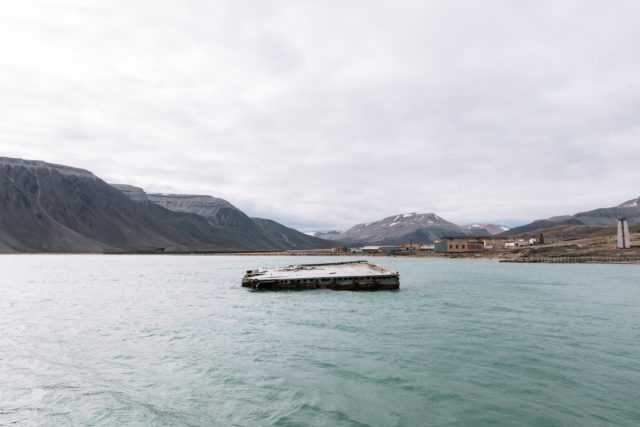
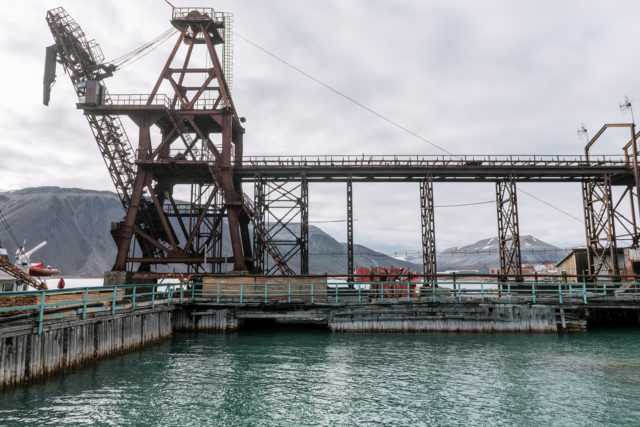
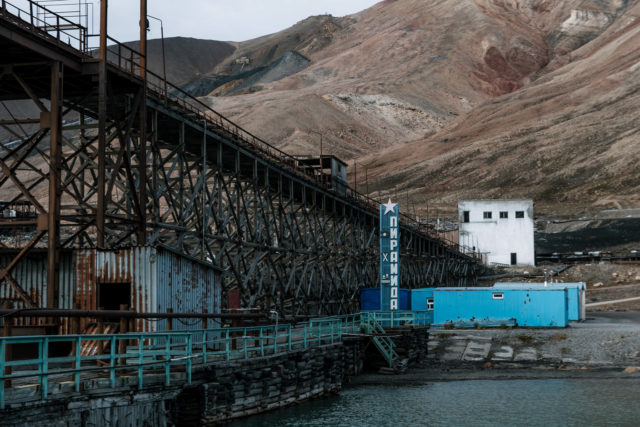
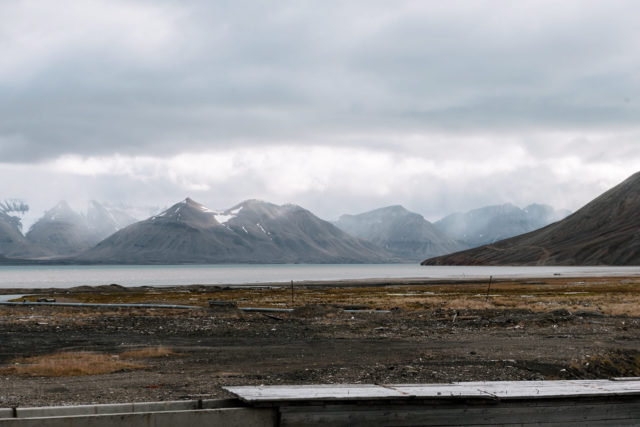
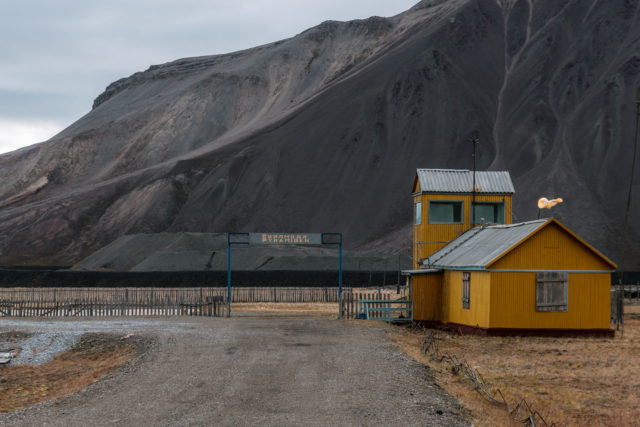
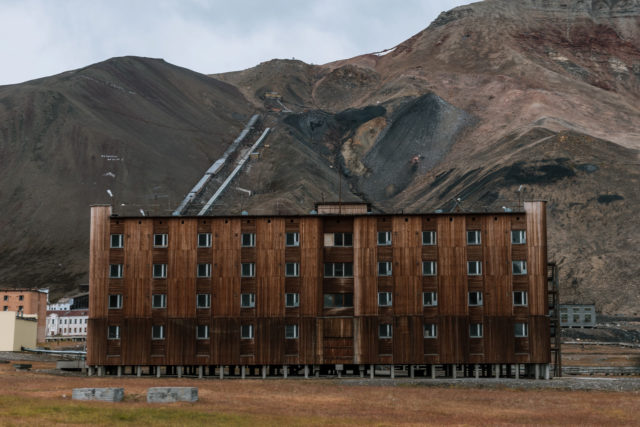
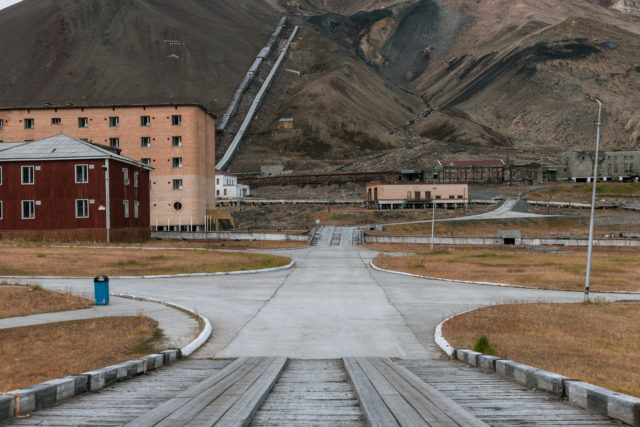
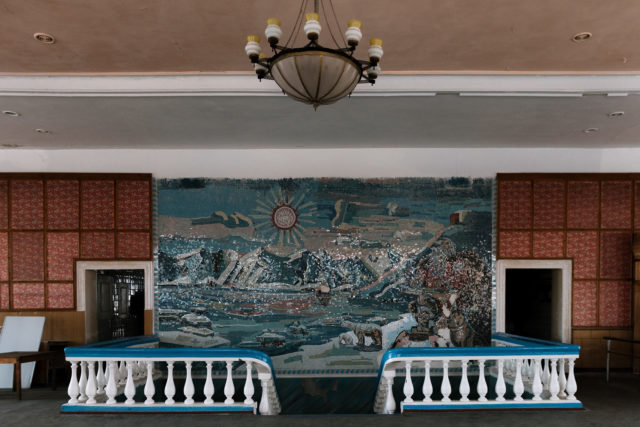
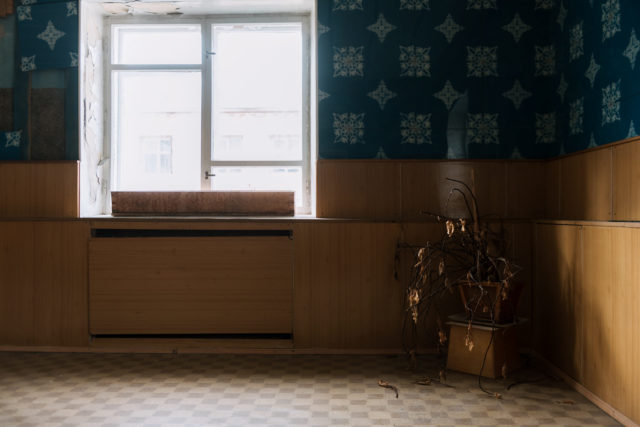
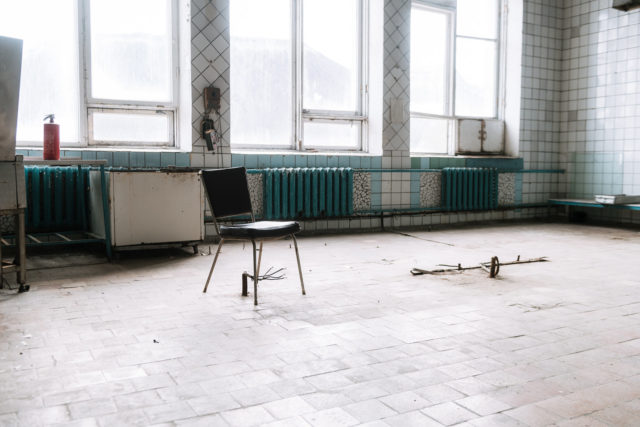
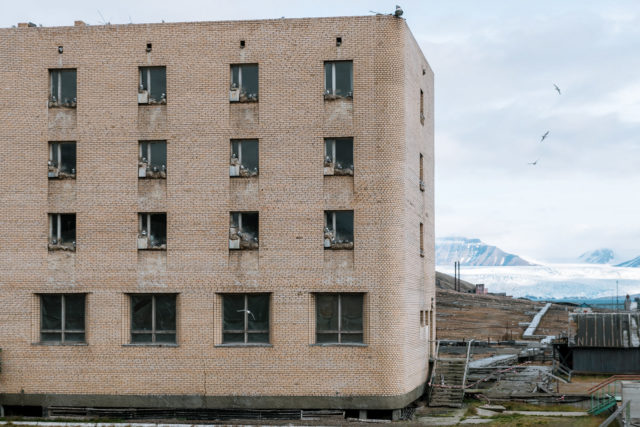
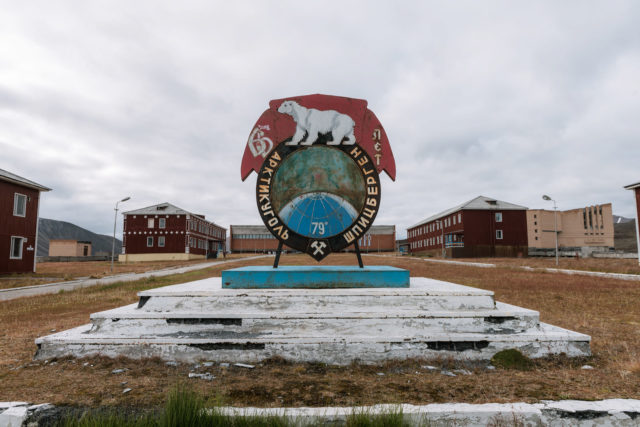
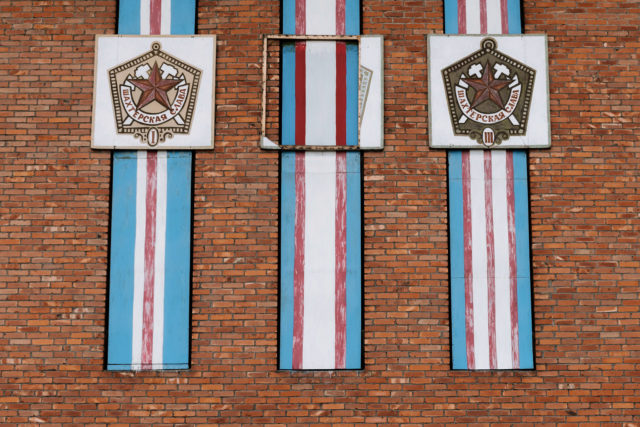
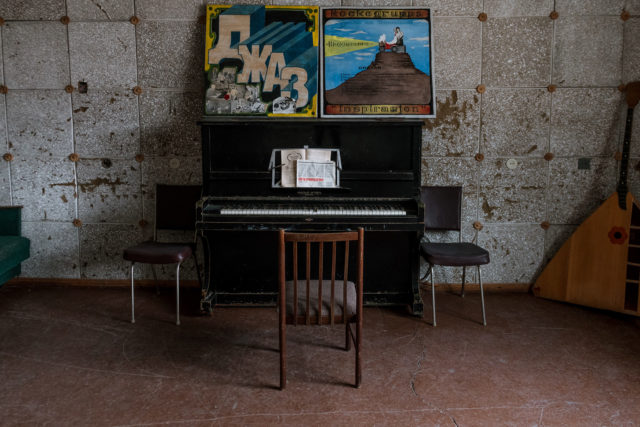


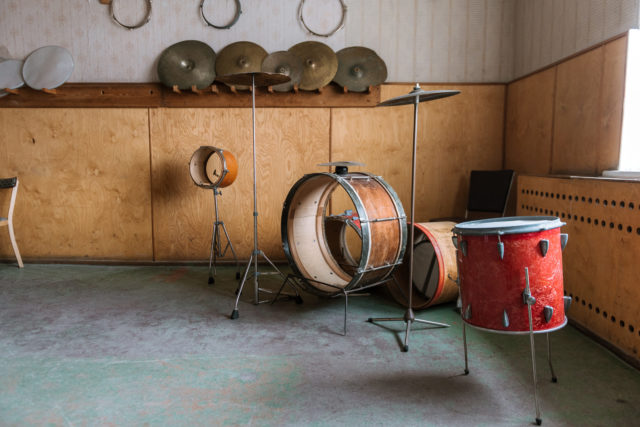
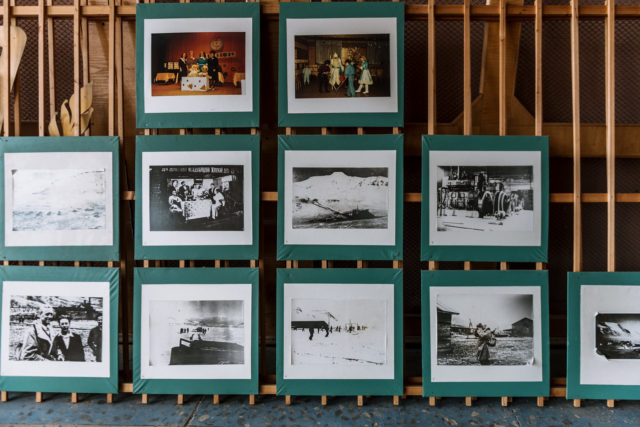
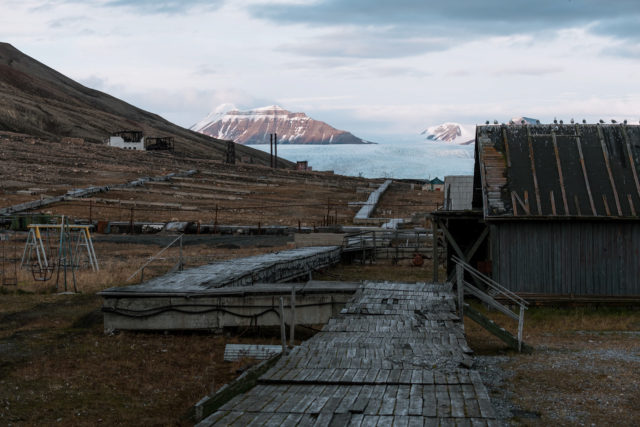
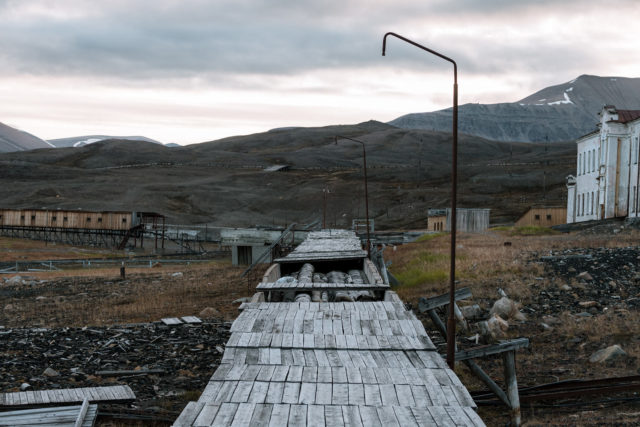
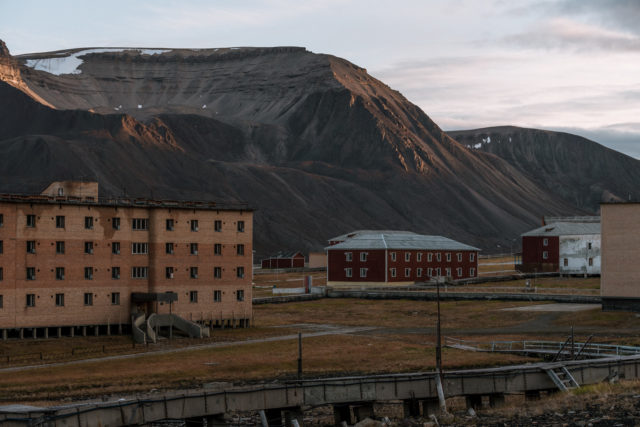
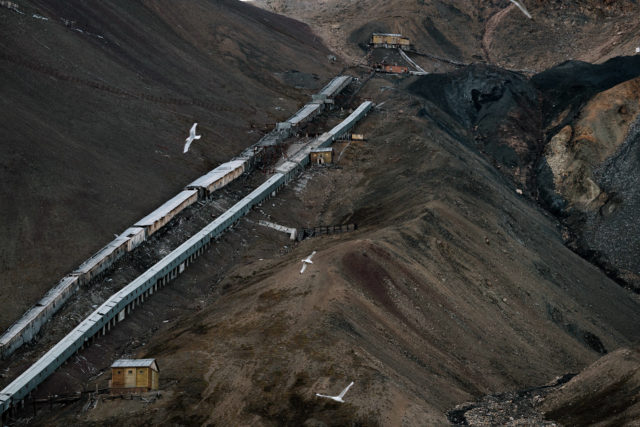
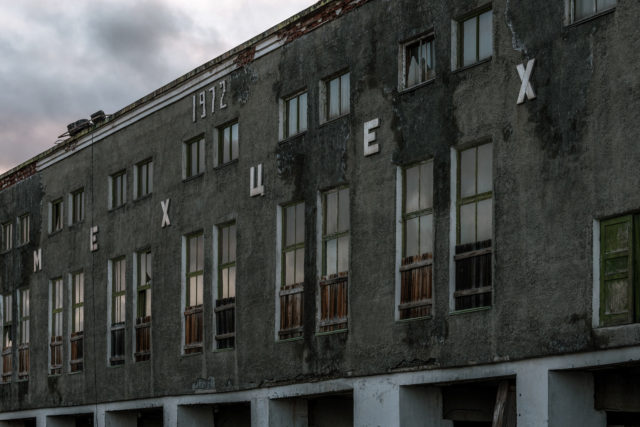
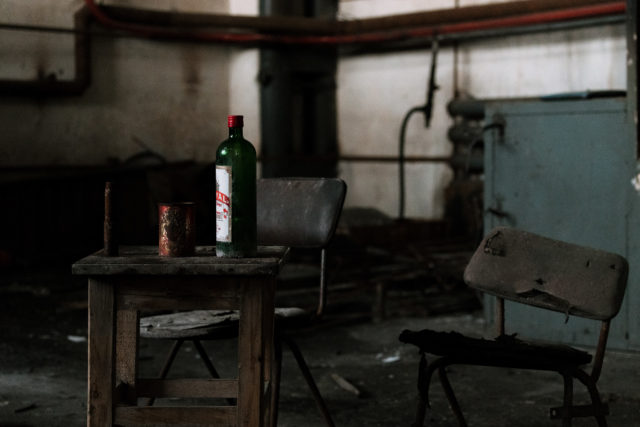
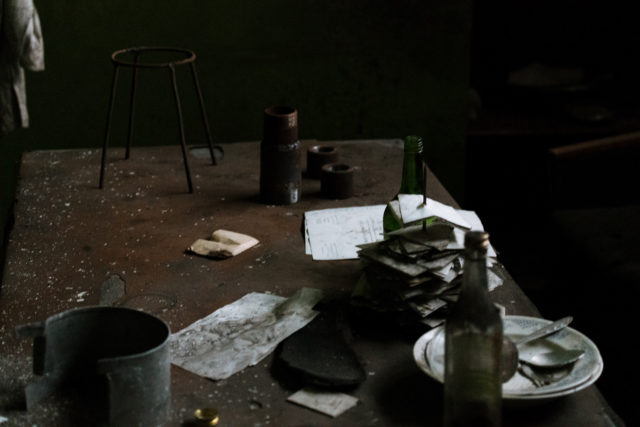
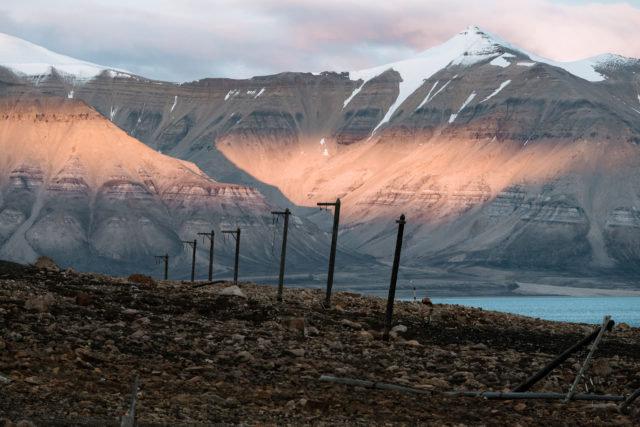
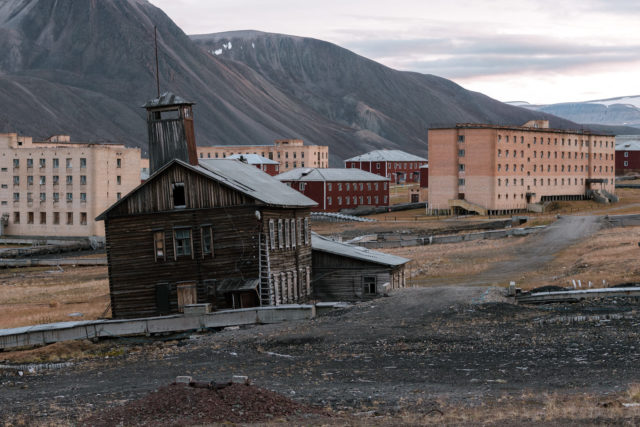
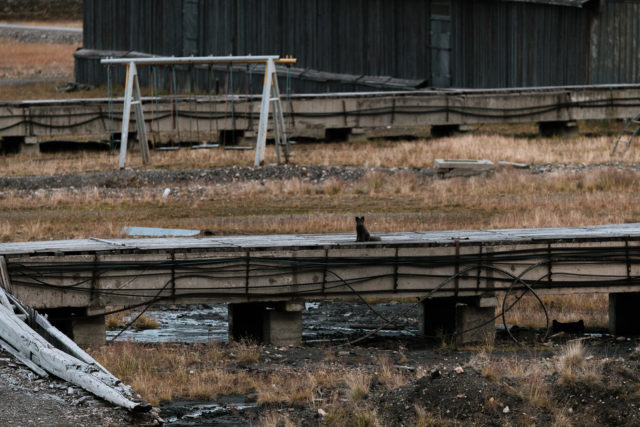
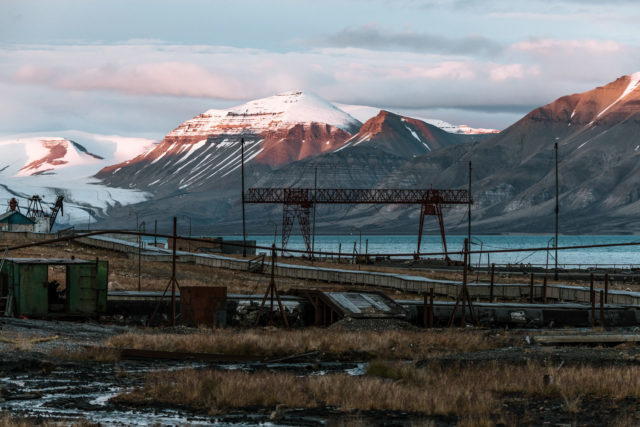
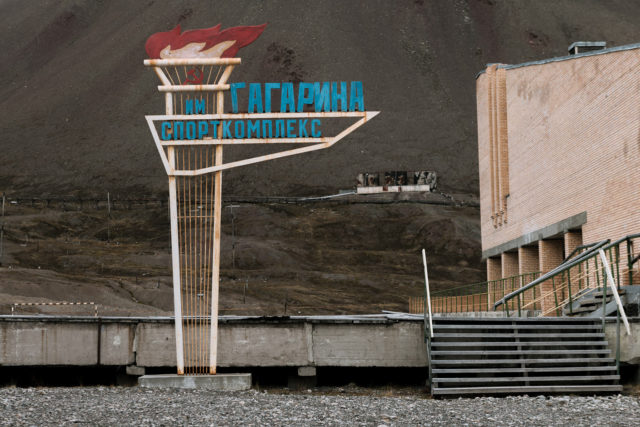
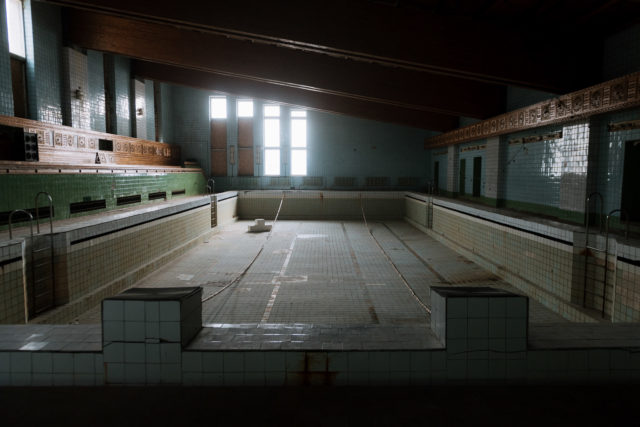
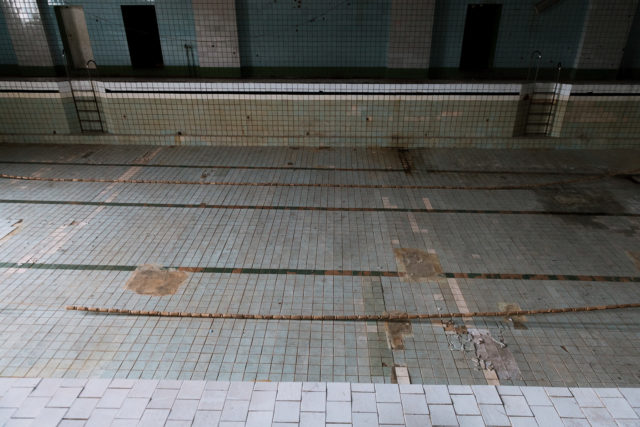
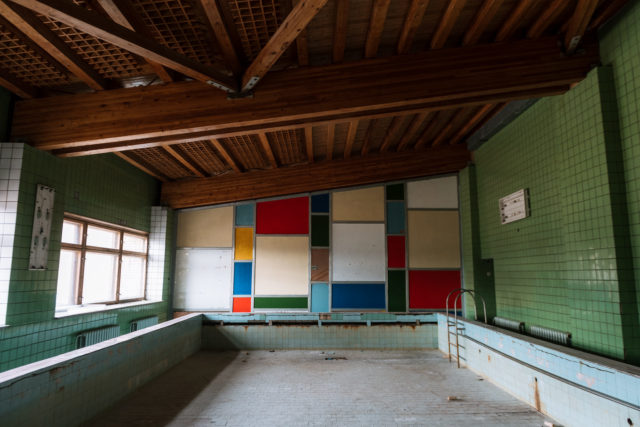
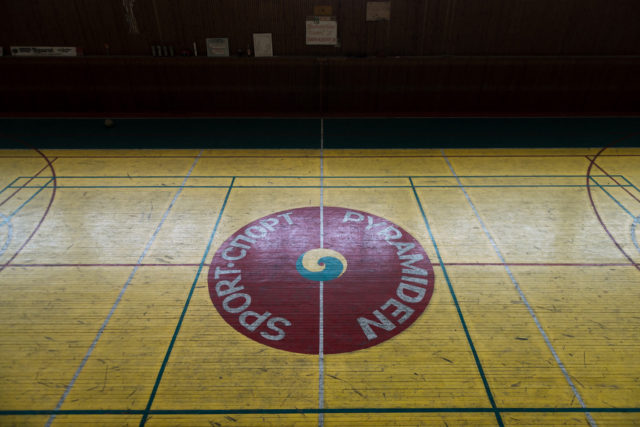
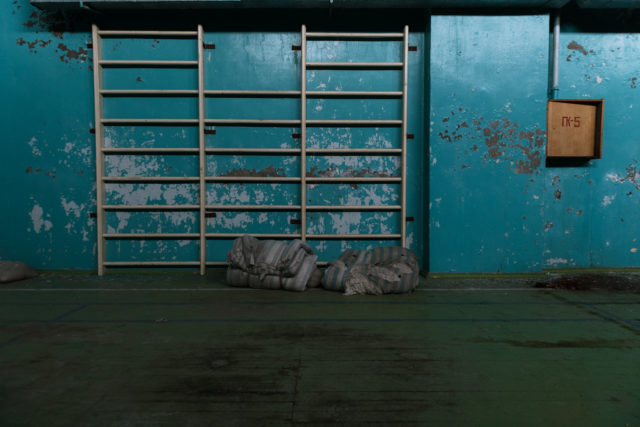
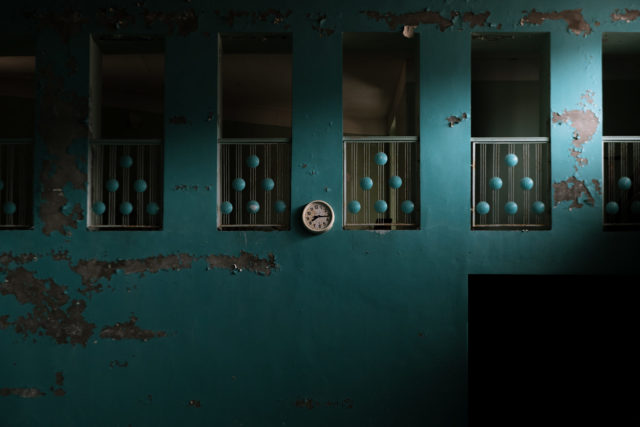
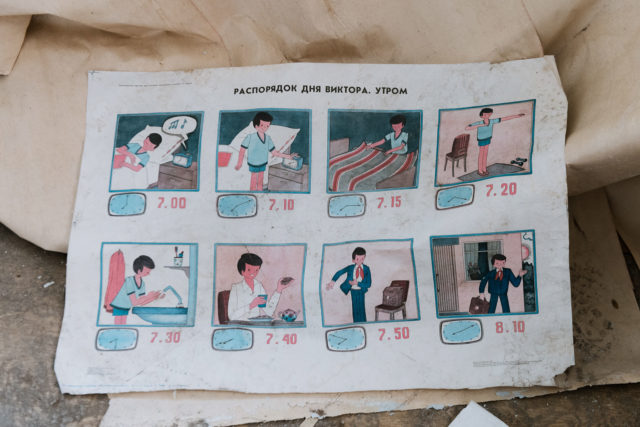
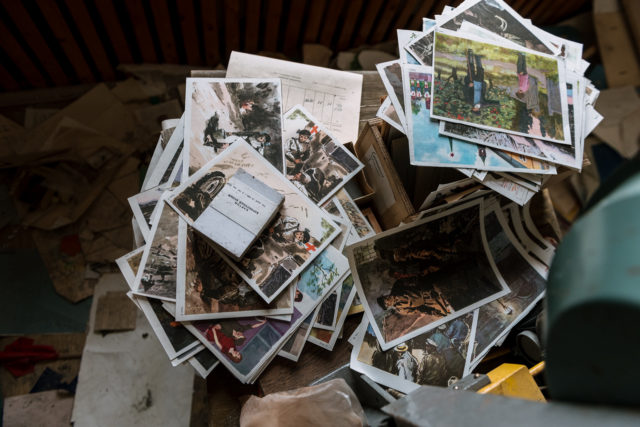
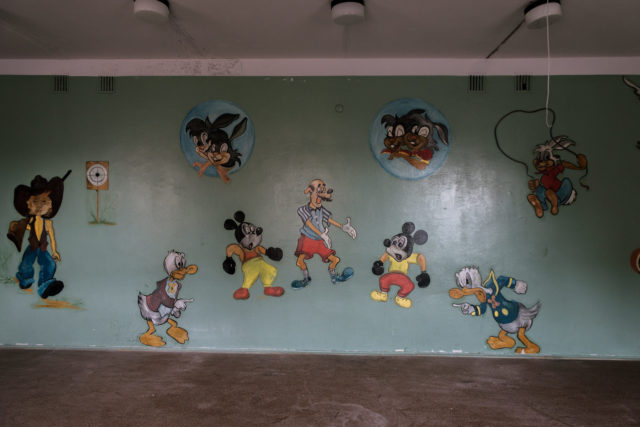
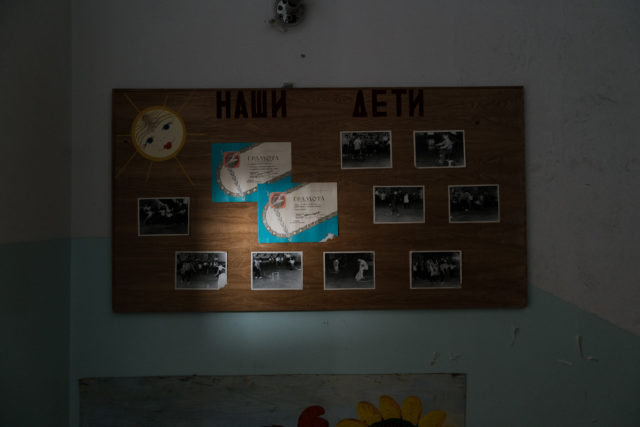
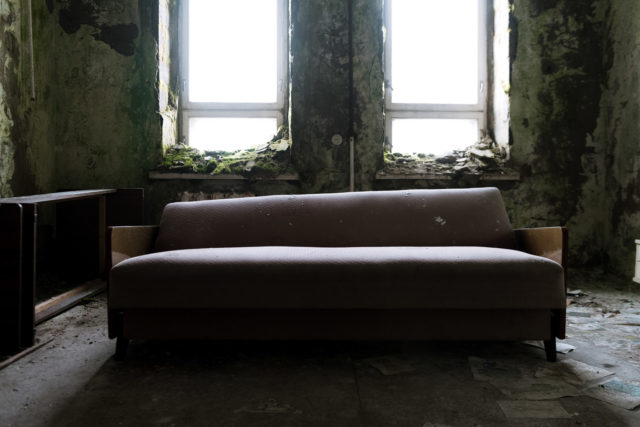
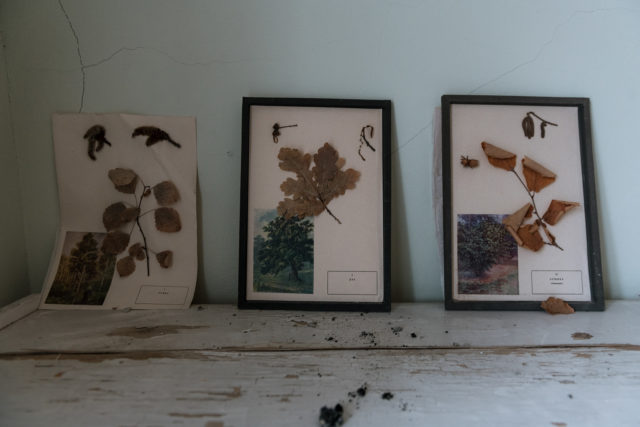
Another Article From Us: Consumed by The Desert Kolmanskop Ghost Town
